In the fast-evolving realm of home security, the Blink Camera System has carved out a significant niche for itself. Offering a blend of affordability, ease of use, and reliability, it stands as a competitive option for homeowners. However, with a market saturated with alternatives, how does Blink compare to its counterparts? This article delves into the nuances of the Blink Camera System in comparison with other leading brands, focusing on key aspects such as feature set, pricing, installation ease, and overall reliability. By scrutinizing these critical components, we can provide a comprehensive overview for individuals seeking to safeguard their homes.
Feature Set and Functionality
Blink Camera System Highlights
Blink cameras are renowned for their compact design and robust functionality. Offering motion detection, HD video quality, and two-way audio, they present a formidable package. Furthermore, their integration with Amazon Alexa adds a layer of convenience for users invested in the smart home ecosystem. The systems operate on batteries, making them incredibly flexible in terms of placement.
How Competitors Compare
When pitted against industry stalwarts like Arlo and Ring, Blink holds its ground in basic functionality but sometimes lags in advanced features. For instance, Arlo offers higher resolution cameras and a broader field of vision. Ring, on the other hand, enhances home security with additional perimeter protection accessories. Both competitors often include or offer subscription-based services for enhanced cloud storage solutions and professional monitoring options, features that are more limited or structured differently in the Blink ecosystem.
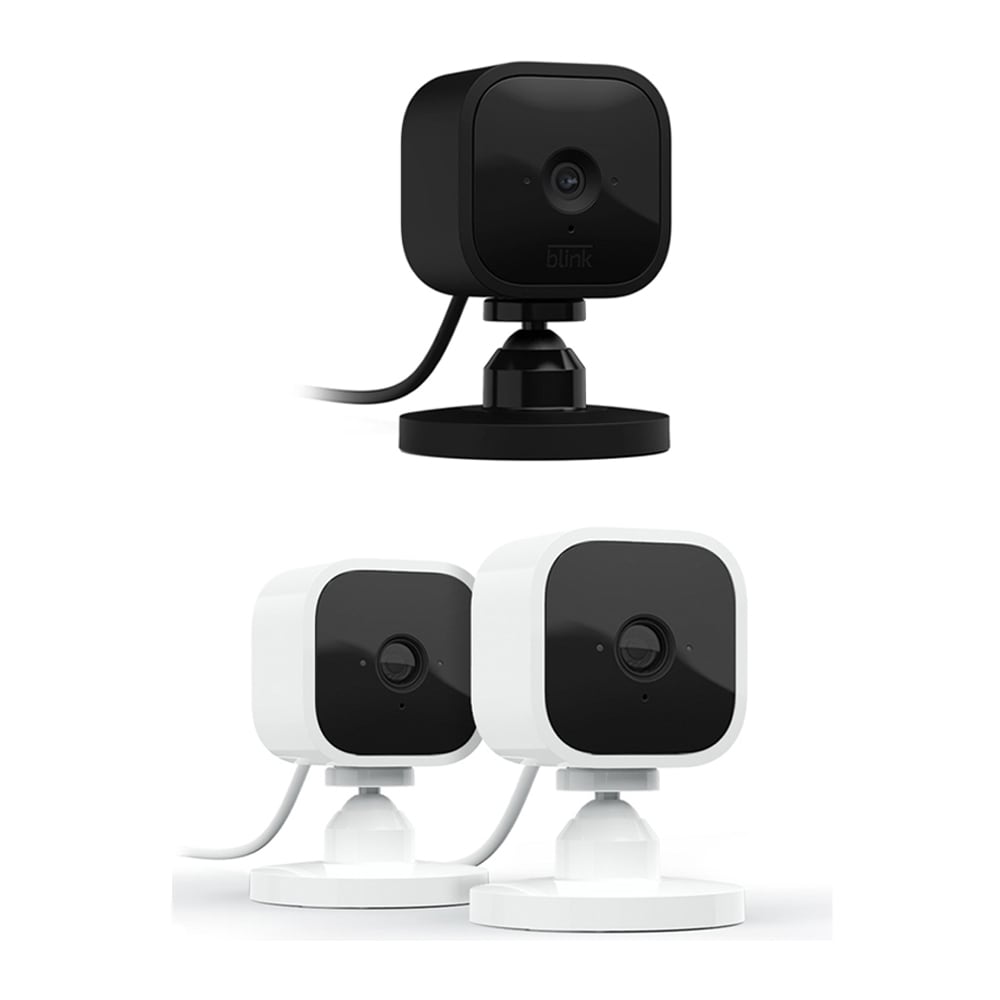
Pricing and Subscription Models
Blink’s Approach to Cost
One of Blink’s most appealing aspects is its affordability. The initial cost of acquiring a Blink camera system tends to be lower than that of its competitors. Furthermore, Blink offers a modicum of free cloud storage, with additional storage plans priced competitively. This approach to pricing makes Blink an attractive option for those who wish to avoid the ongoing costs associated with more premium brands.
Competitor Pricing Strategies
In contrast, while brands like Arlo and Ring might require a higher upfront investment, they justify this with a broader array of features and, in some cases, superior hardware quality. Their subscription services, although an additional cost, provide extensive cloud storage and professional monitoring services. These brands position themselves as providing a more comprehensive, albeit more expensive, home security solution.
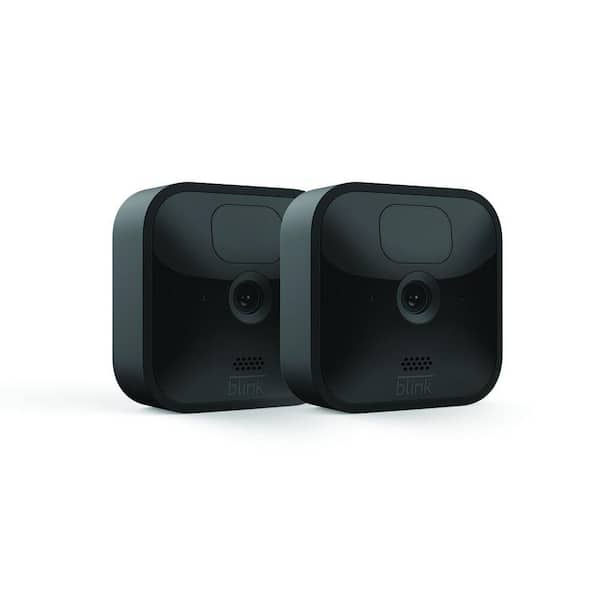
Installation and Ease of Use
Setting Up Blink
Blink emphasizes ease of installation, with most users able to set up their system within minutes. The wireless nature of the cameras and the straightforward, app-guided setup process eliminate the need for professional installation services. This DIY aspect is particularly appealing to renters or individuals who prefer a non-permanent security solution that they can easily relocate.
How Competitors Stack Up
Most of Blink’s competitors also offer user-friendly installation experiences, although some systems, especially those requiring wiring or more extensive setups, might necessitate professional help. Brands like Ring and Arlo provide comprehensive online guides and customer support to facilitate the DIY process, but the complexity varies by product. Generally, wireless models across brands tend to be easier to install than their wired counterparts.
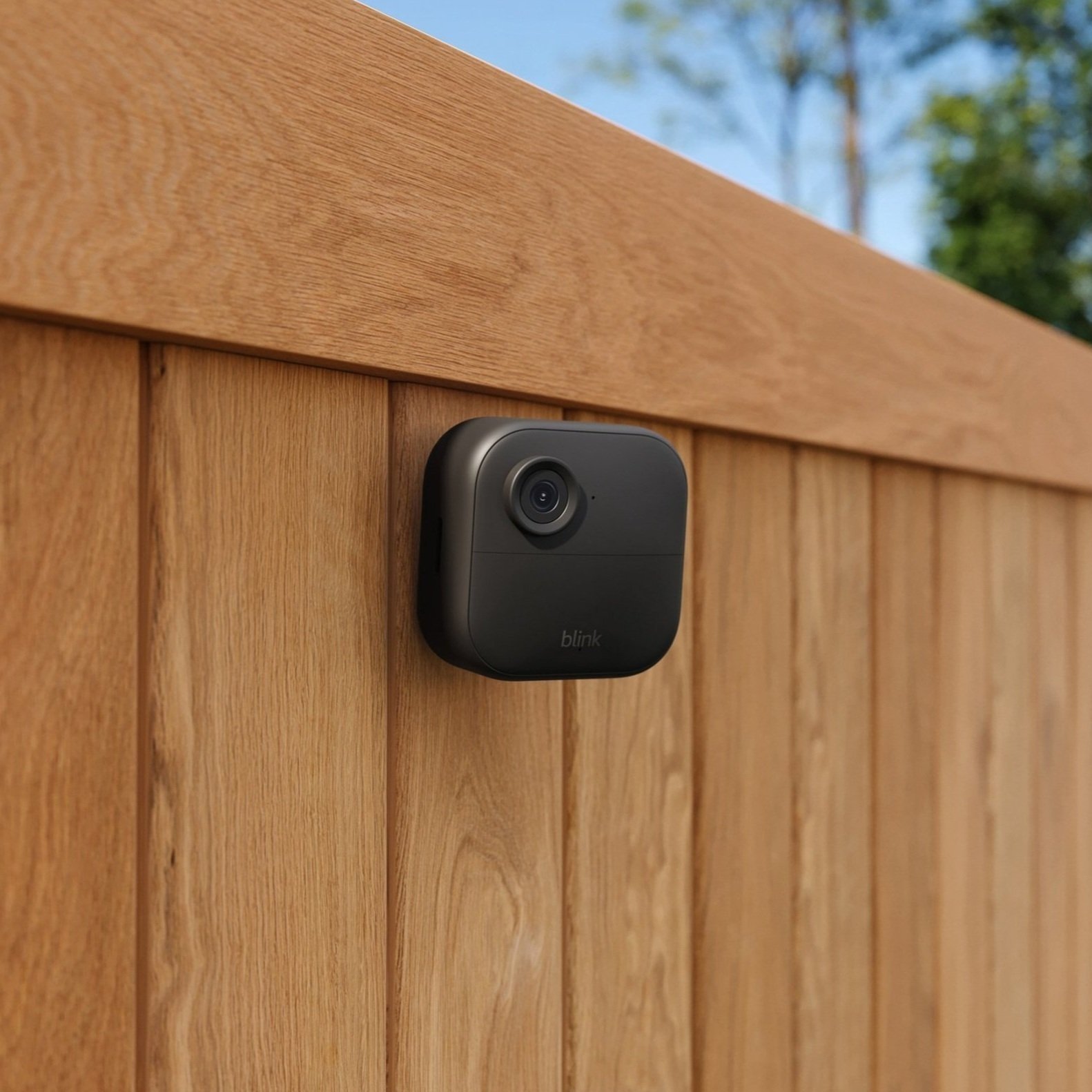
Reliability and Customer Satisfaction
User Experience with Blink
For many homeowners, Blink stands as a reliable ally in home security, promising peace of mind through its easy-to-install and low-maintenance cameras. Customers often applaud the brand for its devices’ prolonged battery life, significantly cutting down on the frequency of battery replacements and ensuring continuous protection. The straightforward setup and user-friendly interface, coupled with the convenience of Alexa voice commands, enhance the overall user experience, creating a security system that efficiently integrates into daily life.
Despite the positive feedback, some users advocate for more flexibility in the Blink system. These individuals seek a broader range of features and the ability to tailor the system’s response to their unique needs, such as zone control and object recognition, without being nudged towards premium service plans. The Blink app’s user interface, while rated as intuitive by many, could be further refined to offer deeper levels of customization, allowing users to optimize their security settings without impacting the system’s celebrated ease of use.
Competitor Reputations
Arlo and Ring boast solid reputations for reliability and customer satisfaction as well. They provide robust customer service, extensive FAQs, and community forums for support. Some users favor the more advanced features and customization options available through these systems, though acknowledge the trade-off in potentially higher costs and occasional need for professional troubleshooting or installation.
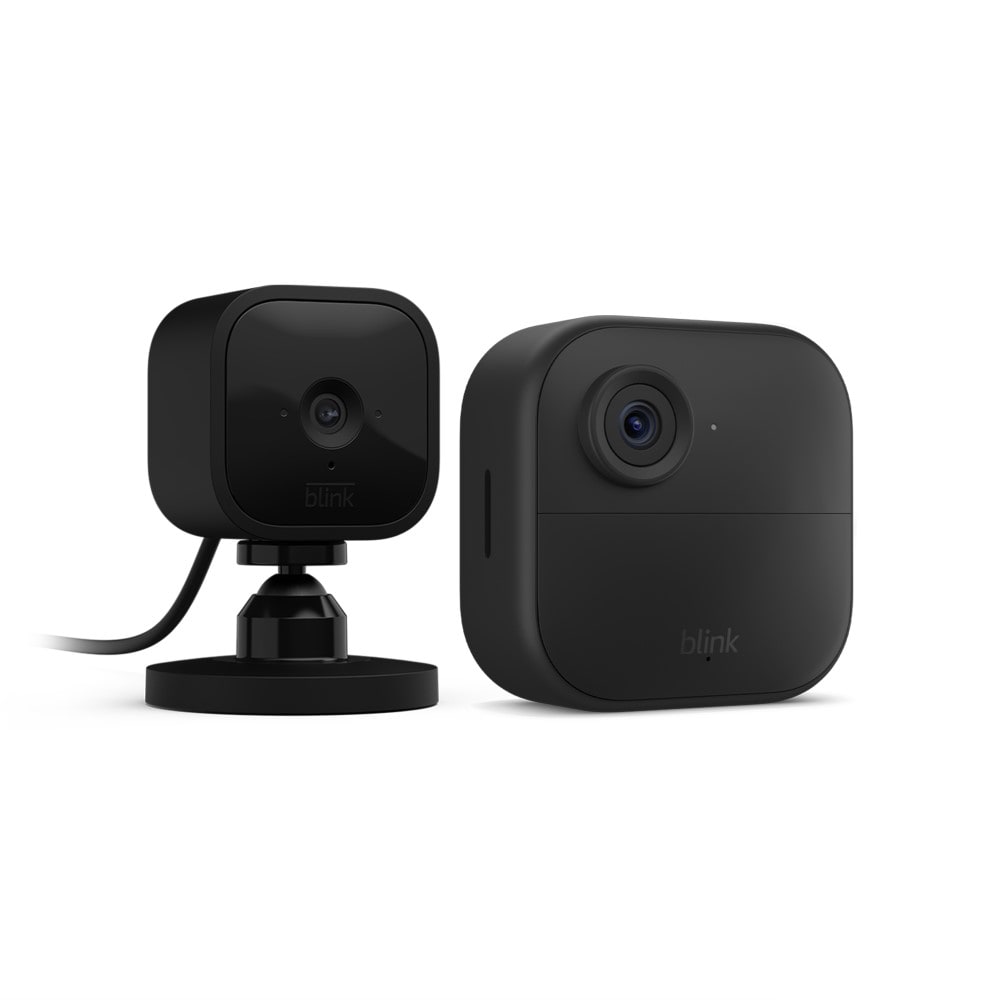
Integration with Smart Home Ecosystems
Blink’s Compatibility and Smart Integration
Blink’s integration with Amazon Alexa offers users the convenience of voice control and interaction with other smart home devices. This synergy provides an advantage for those already invested in the Amazon smart home environment. Users can arm or disarm their cameras, access live feeds, and receive motion alerts through Alexa-enabled devices, streamlining home security management.
Blink, a part of Amazon’s smart home ecosystem, seamlessly integrates with Alexa, empowering users to elevate their home security with the sophistication of voice commands. By linking Blink cameras to an Alexa-enabled device, users can effortlessly control their systems with simple spoken instructions. Imagine the convenience of verbally arming your home security system while you’re busy with household chores, or asking Alexa to show you the live feed from your Blink camera on your Echo Show while you’re cozied up on the sofa.
The benefits of this integration extend to receiving real-time alerts; for instance, your Alexa device can announce when motion is detected by your Blink camera, ensuring that you’re promptly informed of any activity. Additionally, if your house is equipped with multiple smart devices from different brands within the Alexa ecosystem, Blink cameras can interact with these to create automated routines for enhanced security measures, like turning on the lights when motion is detected. This level of interconnectivity harnesses the full potential of smart home technology, providing users with a streamlined and intuitive way to manage their home security and other smart devices.
Competing Systems’ Smart Home Connectivity
As smart home ecosystems evolve, leading brands like Google Nest and Ring are at the forefront of delivering sophisticated smart home integration. Google Nest products sync effortlessly with Google Assistant, allowing users to leverage the power of voice commands across their range of devices. For those committed to Google’s ecosystem, the ability to ask Google Assistant to display their Nest camera feed on a Nest Hub or Chromecast-enabled TV is a testament to the system’s interoperability and user-centric design.
Ring, also under Amazon’s umbrella, boasts robust Alexa integration, allowing for a similar voice-controlled, integrated security experience like Blink’s. What sets Ring apart is its comprehensive suite of security products, from video doorbells to smart lighting, which can all be controlled via Alexa for a cohesive and automated home security setup. This ecosystem synergy means Ring devices can amplify the functionality of one another, creating a more robust and reactive security system—for example, having your Ring doorbell trigger floodlights when motion is detected. By tapping into the support offered by Alexa or Google Assistant, users are not only securing their homes with reliable technology but are also crafting a more intelligent and responsive living environment that adapts to their lifestyles.
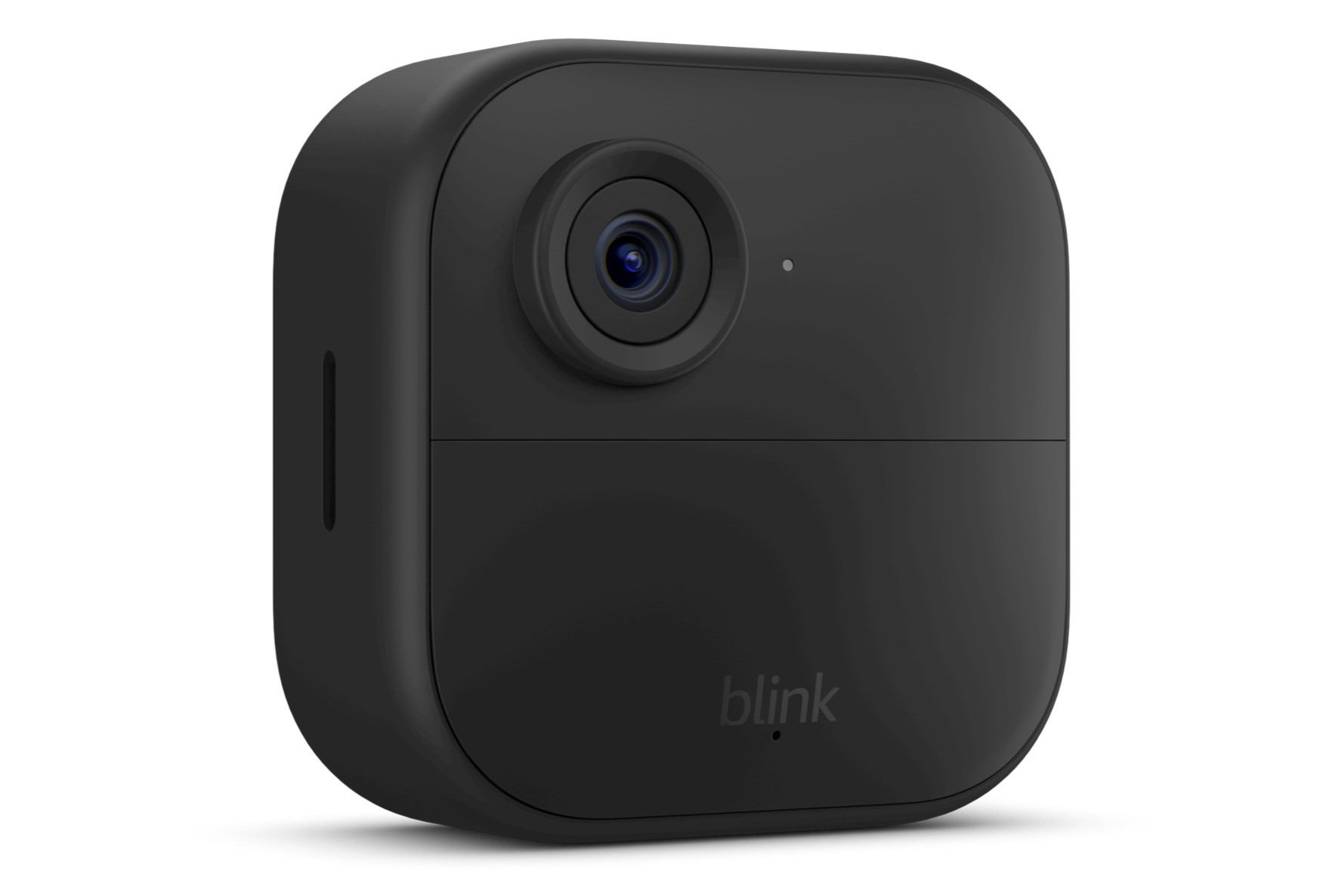
Customer Support and Warranty
Blink’s Customer Service Commitment
Blink supports its products with a dedicated customer service team and offers a one-year limited warranty on its cameras. The support website provides a knowledge base, troubleshooting guides, and the option for direct customer service contact. This approach to customer support ensures that users have access to assistance when they need it, bolstering confidence in the product.
How the Competition Serves Customers
Competitors like Ring and Nest also offer strong customer support networks, with various support channels including live chat, phone, and community forums. They often extend longer warranty periods, with the option to purchase extended warranties for added protection. Their commitment to customer service is evident through their 24/7 monitoring services and proactive approach to troubleshooting, which can provide an extra layer of assurance to consumers.
When comparing the compare blink cameras vs blink competitors, the choice ultimately hinges on individual needs and preferences. Blink stands out for its affordability, ease of installation, and essential feature set, making it an excellent entry point for those new to home security or with more modest security needs. In contrast, competitors like Arlo and Ring cater to users seeking more advanced features, higher resolution cameras, and comprehensive home security ecosystems — often at a higher cost. For prospective buyers, weighing these factors against personal requirements and budget constraints is crucial in selecting the most suitable home security solution.
